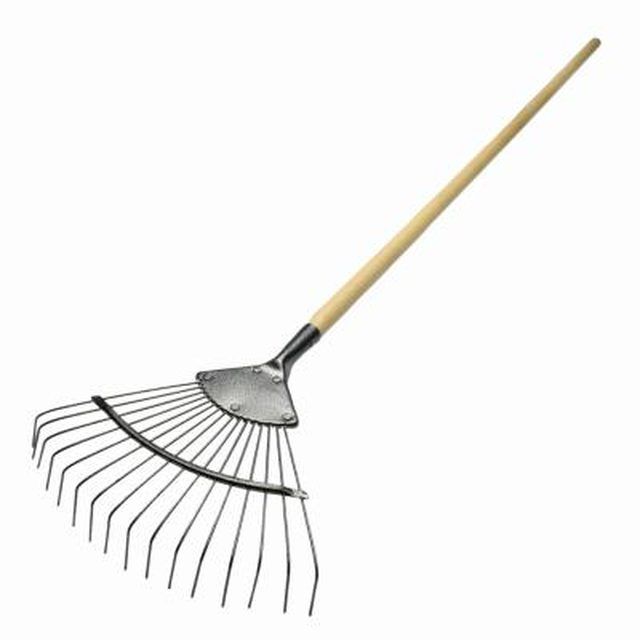Bulbs
Flower Basics
Flower Beds & Specialty Gardens
Flower Garden
Garden Furniture
Garden Gnomes
Garden Seeds
Garden Sheds
Garden Statues
Garden Tools & Supplies
Gardening Basics
Green & Organic
Groundcovers & Vines
Growing Annuals
Growing Basil
Growing Beans
Growing Berries
Growing Blueberries
Growing Cactus
Growing Corn
Growing Cotton
Growing Edibles
Growing Flowers
Growing Garlic
Growing Grapes
Growing Grass
Growing Herbs
Growing Jasmine
Growing Mint
Growing Mushrooms
Orchids
Growing Peanuts
Growing Perennials
Growing Plants
Growing Rosemary
Growing Roses
Growing Strawberries
Growing Sunflowers
Growing Thyme
Growing Tomatoes
Growing Tulips
Growing Vegetables
Herb Basics
Herb Garden
Indoor Growing
Landscaping Basics
Landscaping Patios
Landscaping Plants
Landscaping Shrubs
Landscaping Trees
Landscaping Walks & Pathways
Lawn Basics
Lawn Maintenance
Lawn Mowers
Lawn Ornaments
Lawn Planting
Lawn Tools
Outdoor Growing
Overall Landscape Planning
Pests, Weeds & Problems
Plant Basics
Rock Garden
Rose Garden
Shrubs
Soil
Specialty Gardens
Trees
Vegetable Garden
Yard Maintenance
How to Plant Carpet Grass
How to Plant Carpet Grass. Carpet grass is a shallow rooted grass that can be found growing in the south along the Gulf Coast states from Texas to Florida, and north into states such as Arkansas, Alabama and Virginia. Carpet grass is a creeping, perennial grass that forms a dense grass for the lawn and will crowd out other types of grasses. Carpet...

Carpet grass is a shallow rooted grass that can be found growing in the south along the Gulf Coast states from Texas to Florida, and north into states such as Arkansas, Alabama and Virginia. Carpet grass is a creeping, perennial grass that forms a dense grass for the lawn and will crowd out other types of grasses. Carpet grass can be grown from seed or sprigs, but planting from seed is less expensive and easier. Frequent mowing and regular watering will keep your lawn looking good all year round.
Things You'll Need
Soil test kit
Lime or sulfur
Roto tiller
Sphagnum peat or topsoil
Rake
Fertilizer
Garden hose
Carpet grass seed
Mechanical seed spreader
Grass drill
Plant carpet grass when soil temperature reaches 65 degrees and after all danger of frost has passed.
Test the pH of the soil with a soil testing kit or contact a university extension service to test the soil for a small fee.
Apply 50 pounds of line per 1,000 square feet if the soil pH level is below 5.0 for the best results.
Till the soil to a depth of four inches, then add four to six inches of sphagnum peat or topsoil if needed. Till the soil well to mix the amendments and existing soil.
Remove all debris from the soil such as weeds, twigs, stones or construction debris. Rake the surface of the soil until it's level.
Apply two pounds of fertilizer per 1,000 square feet of lawn. Water soil until moist with garden hose and allow the soil to settle.
Use a mechanical seed spreader to broadcast two pounds of carpet grass seed per 1,000 square feet of lawn. Cover the carpet grass seed by lightly raking the soil just to cover the seed.
Plant 15 to 20 pounds of carpet grass seed per acre with a grass drill for planting large areas.
Water soil after planting until very moist, but not soggy. Keep the soil moist by watering every day for about two weeks after planting. About 8 to 10 weeks after planting carpet grass, water as needed.
Apply fertilizer once a month after lawn is covered with carpet grass and well established.
Tips & Warnings
Mid-April to May are the best months for planting carpet grass.
The soil pH for planting carpet grass should be between 5.0 and 7.0.